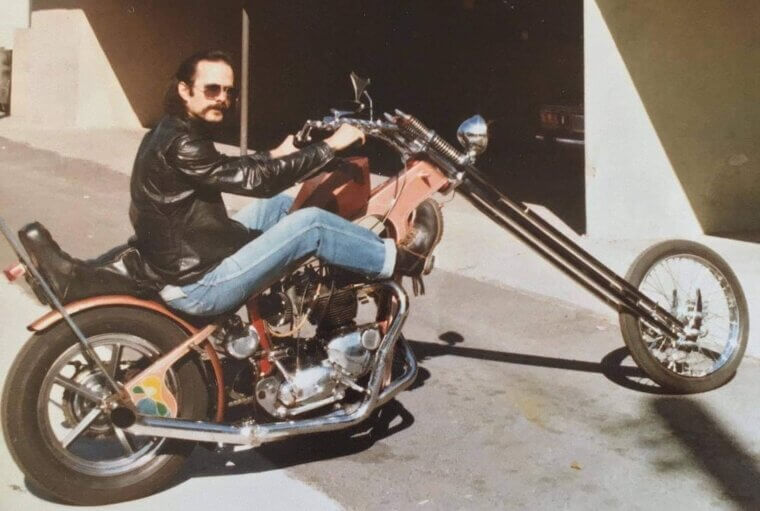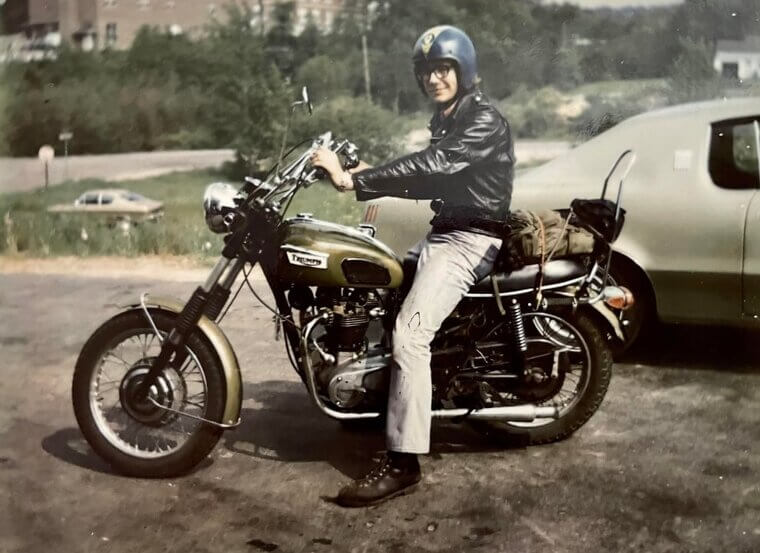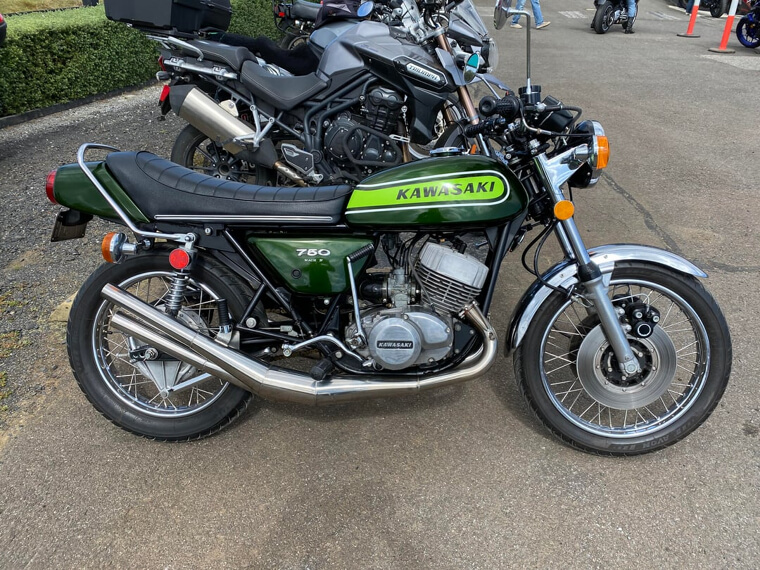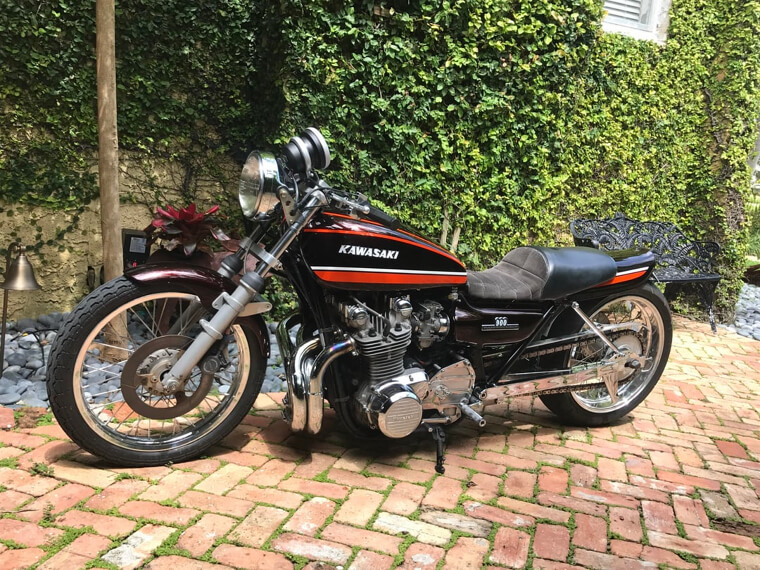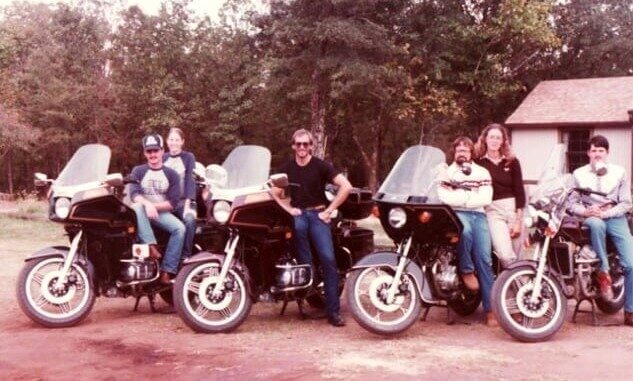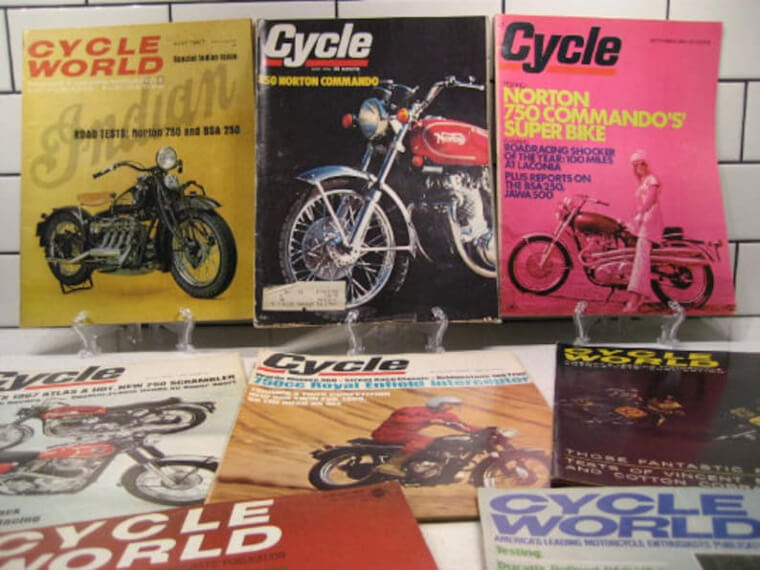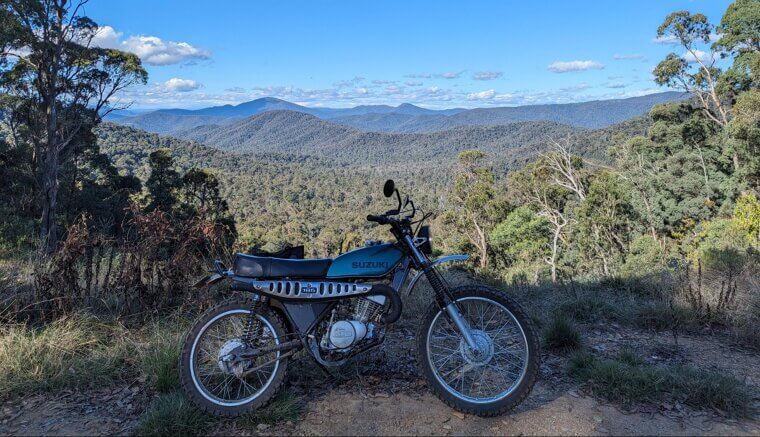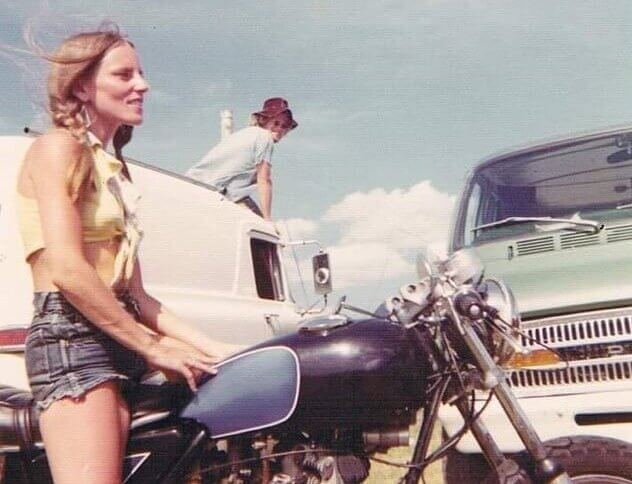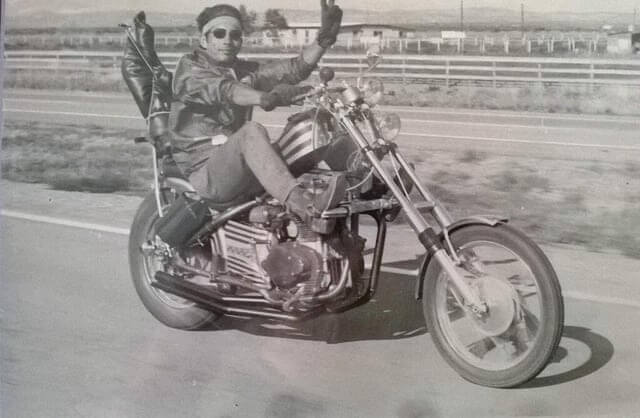Customization Became a Movement
The 70s marked the birth of the custom motorcycle scene. Riders wanted to make their bikes unique, leading to a wave of personal creativity. The chopper and café racer trends defined the decade, blending style and attitude with mechanical skill. Shows like Easy Rider helped spark the trend, inspiring riders to build machines that reflected their personality. Custom paint jobs, extended forks, and stripped-down frames became the signature of 70s cool. This hands-on, do-it-yourself culture is part of what makes the era so fondly remembered by motorcycle enthusiasts.
Motorcycle Clubs and Community Grew Stronger
The 1970s were a time when motorcycle clubs flourished. Not just the notorious groups, but local riding clubs that welcomed all kinds of enthusiasts. These organizations brought riders together for group trips, charity rides, and social events. Motorcycling became as much about friendship and shared experiences as it was about the machines themselves. Clubs created a sense of belonging, and for many people, that feeling of community became just as valuable as the freedom of the open road.
Japanese Brands Took Over the Market
In the 1970s, Japanese manufacturers like Honda, Yamaha, Suzuki, and Kawasaki transformed motorcycling from a niche hobby into a global phenomenon. Their bikes were affordable, reliable, and fast, a combination that changed everything. Honda’s CB750 became a symbol of this shift, offering smooth performance that appealed to both new and experienced riders. These companies also emphasized accessibility, marketing motorcycles as practical machines for everyday life rather than just for thrill seekers. This approach helped motorcycles shed their outlaw image and brought them into the mainstream.
The Birth of Superbikes
The 1970s gave rise to the first true superbikes. The Honda CB750, Kawasaki Z1, and Suzuki GS750 introduced unprecedented power and speed to the average rider. Before this decade, that kind of performance was reserved for professional racers. The arrival of superbikes made it possible for everyday enthusiasts to experience race-level acceleration and control on the open road. These machines didn’t just define performance; they established a new category that still exists today. For many collectors and riders, the superbike era remains the ultimate symbol of 1970s engineering and freedom.
Motorcycling Became Mainstream
Before the 1970s, motorcycles were often seen as symbols of rebellion or danger. That perception changed during this decade. Affordable pricing, safer designs, and clever marketing made motorcycles more appealing to families and commuters. Ads often showed riders enjoying scenic country roads or using bikes as efficient city transportation. Motorcycle clubs also shifted away from the rough-and-tumble image of earlier years and focused on community and adventure. This helped make motorcycling a respectable, even aspirational, lifestyle choice rather than a counterculture statement.
Motorcycle Magazines and Media Exploded
The 1970s saw a surge in motorcycle journalism. Magazines like Cycle World and Motorcyclist became essential reading for riders eager to stay informed about the latest models, gear, and races. Photography from this era captured the raw energy and spirit of the sport, with riders leaning into turns on winding roads and competing in dusty desert rallies. These publications also helped foster a sense of global community among motorcyclists, connecting enthusiasts from different countries and cultures through shared passion and knowledge.
Off-Road Riding Took Off
While street bikes dominated the headlines, off-road riding became a major trend in the 70s. Dirt bikes and motocross events exploded in popularity, attracting both young and seasoned riders. Brands like Yamaha and Honda developed lightweight, high-performance machines that could handle rough terrain. The sport was accessible, exciting, and family friendly, making it one of the decade’s defining trends. Weekend riders built backyard tracks or headed to the countryside to test their skills, helping off-road motorcycling evolve into a permanent part of motorcycle culture.
Style and Fashion Hit the Road
The 70s were bold, and so were its riders. Leather jackets, denim vests, bandanas, and aviator sunglasses defined the look of the era. Motorcycle fashion was practical yet iconic, blending safety with attitude. Even helmets became part of personal style, with bright colors and custom paint jobs. The image of the 70s rider - confident, independent, and effortlessly cool - became a pop culture staple that still influences motorcycle fashion today. It was an era when riding looked as good as it felt.
Film and Pop Culture Cemented the Legend
Movies and television helped shape the motorcycle craze of the 1970s. Films like Easy Rider and TV shows like Then Came Bronson turned motorcycles into symbols of freedom, adventure, and personal rebellion. Rock musicians and celebrities were often seen with bikes, further romanticizing the lifestyle. This constant presence in pop culture made motorcycles more than just vehicles; they became cultural icons. The 70s proved that owning a bike was not just about transportation but about identity.
The Machines Were Built to Last
One of the main reasons the 1970s are remembered as the golden age of motorcycling is the longevity of the machines. Bikes from that era were durable, easy to repair, and built with real craftsmanship. Many of them are still running today, restored and maintained by devoted collectors. The combination of mechanical simplicity and solid design made 70s motorcycles timeless. They remind riders of a period when innovation and reliability worked hand in hand - and when the joy of the open road was at its peak.

